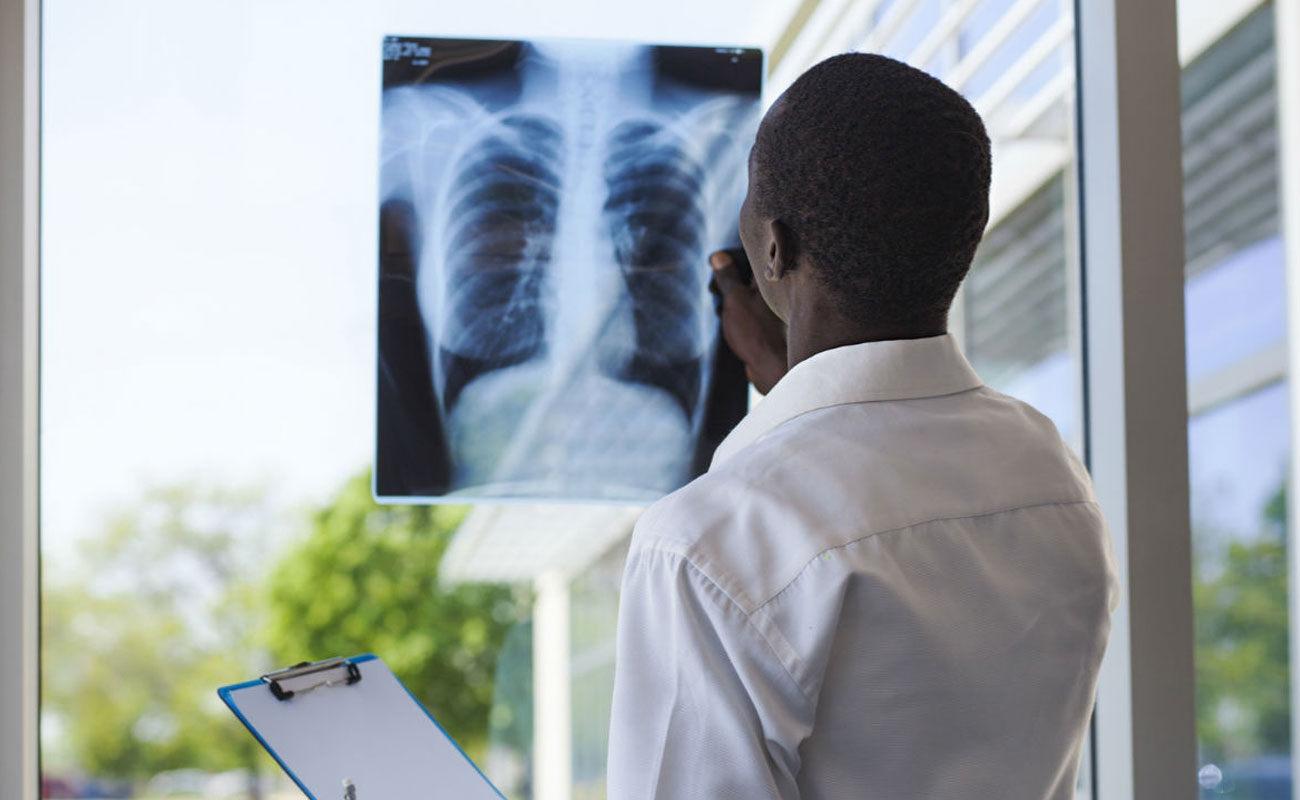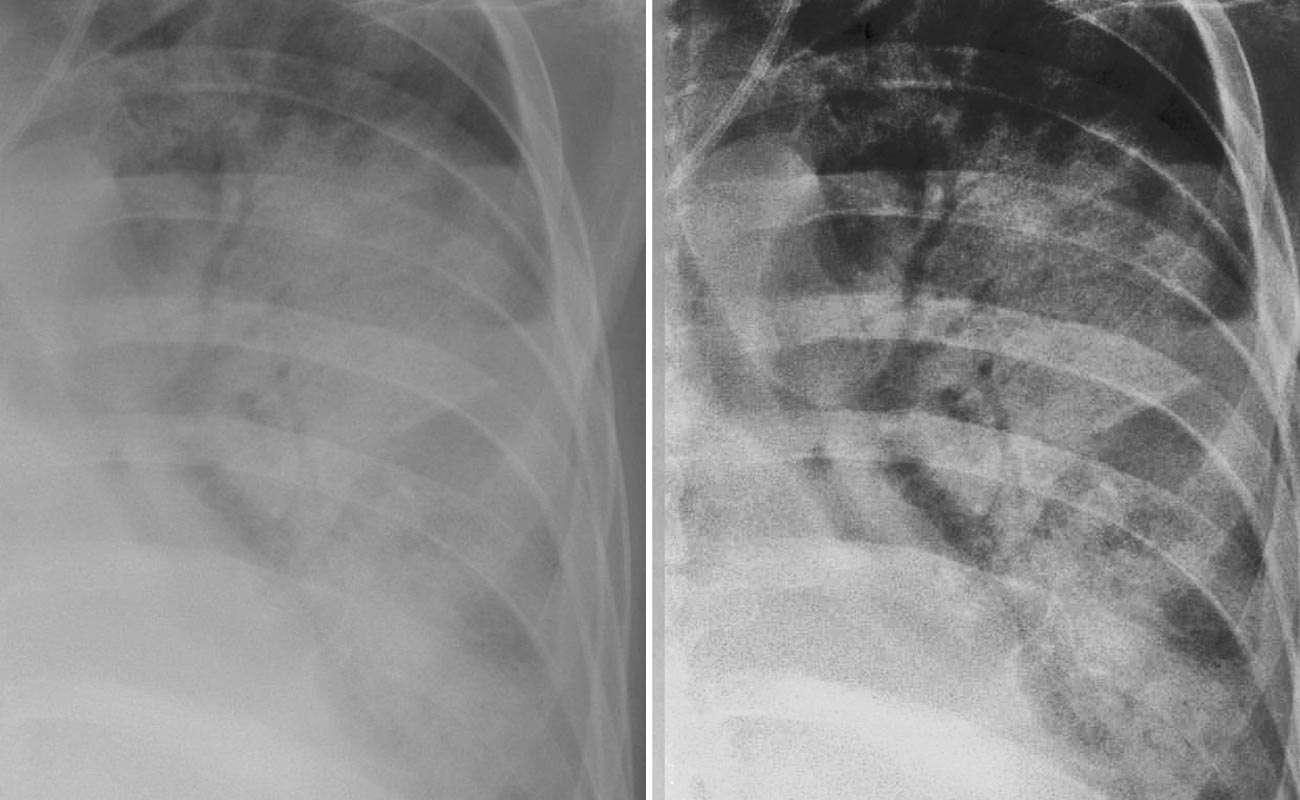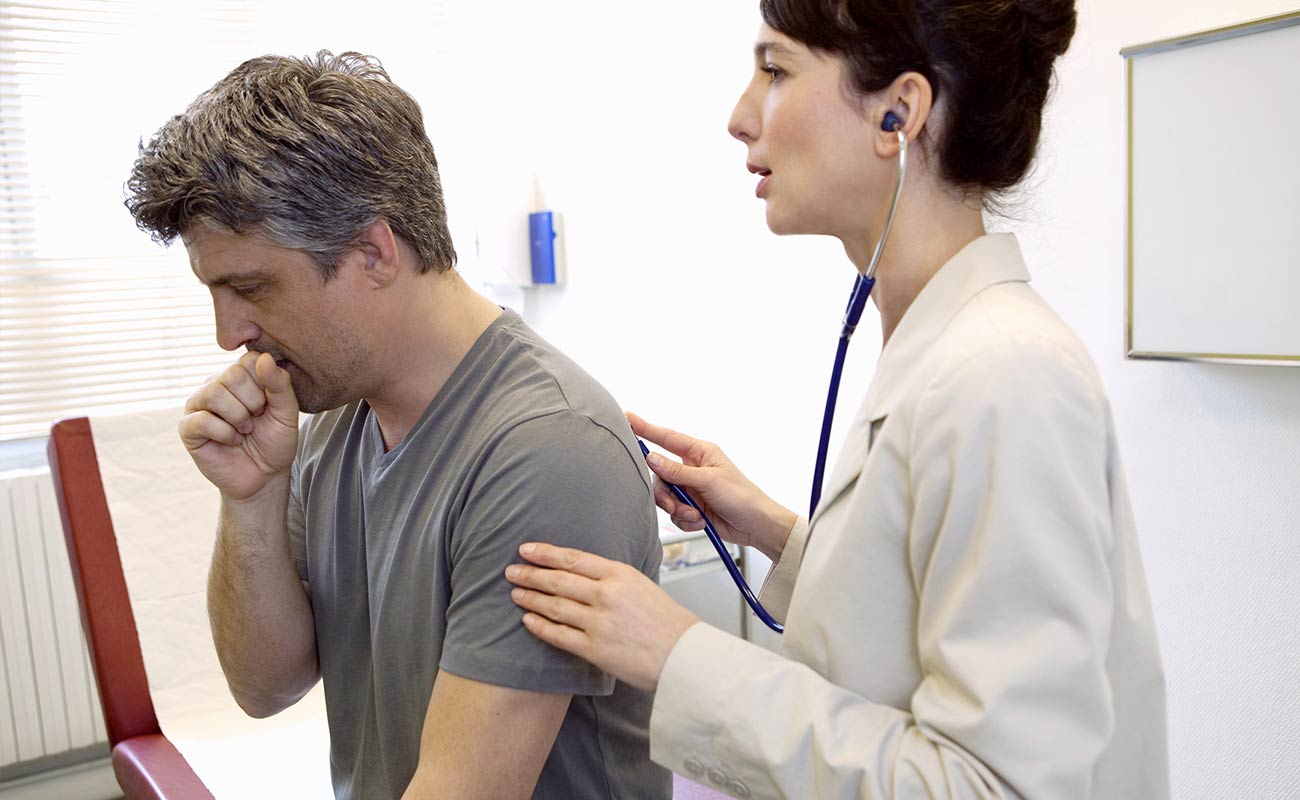Acute respiratory distress syndrome (ARDS) happens if the fluid builds up in the small, flexible air sacs (alveoli) in the lungs. The liquid prevents the lungs from getting filled with sufficient air, so that less amount of oxygen will arrive to the blood. This leave the body parts without the oxygen they require to keep on functioning.

ARDS normally happens in those who are drastically sick at present or have important damages. Serious dyspnea (which is the leading sign of ARDS) typically occurs within some hours to couple of days after the experiencing an injury or infection.
Several people with ARDS will not live on. The mortality rate increases with an increase in age and severity of the illness. Some of the people who survive ARDS experience full recovery whereas others have to live with damaged lungs.

Signs and symptoms of the ARDS usually grow within 24 to 48 hours. Most of the time, who have developed ARDS get so ill that they can’t even complain of the symptoms. The following symptoms might come up in the patients:

Medical experts are working on the condition to find the causes of ARDS and to learn more about it. The causes of a case is not always clear.
As mentioned above most of those who get ARDS are already in the clinical center for another disease. Some of the reasons behind ARDS could be as follows:
Sepsis: This happens when a person gets a contagion in the bloodstream and the immune system goes into overwork, which causes inflammation and eventual blood clots.
Accidents: Injuries resulting from a car accident or a fall can harm lungs or the part of the brain which works with breathing.
Breathing in damaging materials: Thick smoke or fumes from chemical substances could cause ARDS.
Other possible causes of ARDS may be as follows:
Although there is not a specific test for diagnosing ARDS, a full assessment is needed to identify the basic cause and remove other conditions.
The assessment is consist of:

The main goal of treating ARDS is to provide you with enough oxygen to avoid organ failure. The medical practitioner uses mask to give oxygen. Also, a mechanical ventilation machine could be used to push air into the lungs of the patient and decrease the fluid force in the air sacs.
The doctor might use a method called positive end-expiratory pressure (PEEP) to control the pressure in the lungs. High PEEP can rise lung functioning and reduce lung damage through using a ventilator.
Managing fluid intake is another method of treating ARDS. This method guarantees that the patient has an adequate fluid balance. Excessive fluid in the body could result in gradual increase of fluid in the lungs. Nonetheless, not enough fluid may pressure the heart and organs.
In order to cope with the side effects, doctors usually prescribe medications for ARDS patient. Following kinds of medication are prescribed:
Some of those recovering from ARDS might require pulmonary rehabilitation. This is a method used to reinforce the respiratory system and increase the capacity of the lung. These programs might consist of exercise training, lifestyle classes, and support teams to assist the patient to recover from ARDS.
If one has ARDS, he could grow some other medical problems at the time of hospitalization. The most prevalent problems are as follows:
Hospitalization and recumbent for a long time may increase the risk of getting infections, like pneumonia. Ventilation machine may also increase the risk of getting infections.
A condition in which air or gas is gathered in the atmosphere around the lungs. This could make one or both of the lungs to collapse. The pressure of air coming from ventilation machine can cause this problem.
Submit Comment